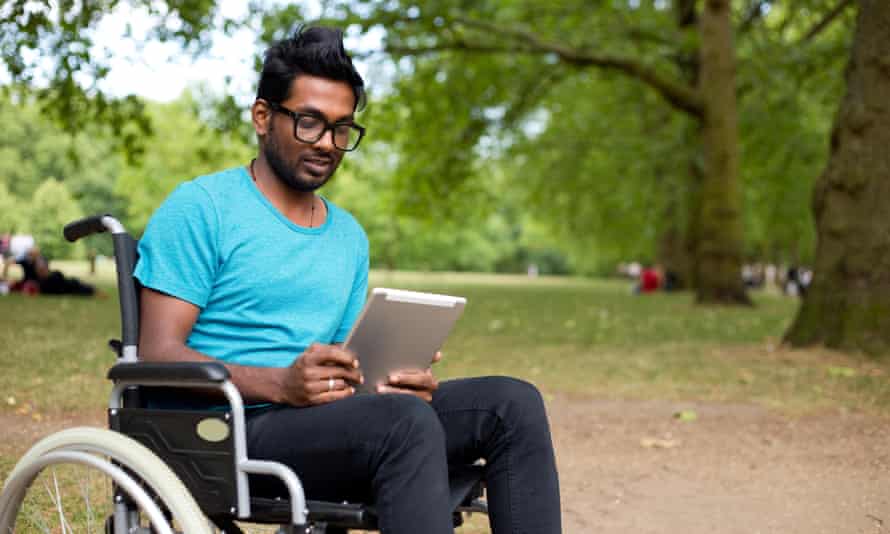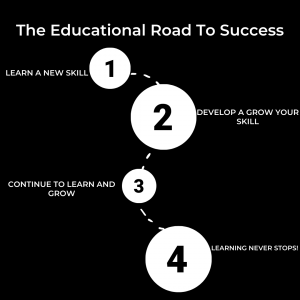Heading to College with a Disability? Here’s What You Should Know
Congratulations! You have graduated from high school. But you are just getting started. You still have another four or even more years in college.
For students with any physical disability, it is difficult to go to college. Of course, many find a way to deal with their lifestyle, plus the availability of health plans like Medicaid California helps financially. When it comes to starting college, I understand what you are going through because I also have high school friends who share their frustrations to me.
It’s good news you finally get into the university you dream of. As the school year is getting closer and fast approaching, you, of course, feel quite overwhelmed.
That’s all right. While there are things that run in your mind, here’s some information you should know:
Rehabilitation Act of 1973, Section 504 and the Americans with Disabilities
Discrimination was rampant for students going to college before. But things changed these days. Thanks to the legislative efforts of the government in the past few decades.
The Rehabilitation Act of 1973, section 504, is one of the popular laws in the U.S you should know.
Under sec 504, any colleges that receive federal funds are required to provide equal educational access to students even with physical or mental disabilities. They are also bound to offer convenient, accessible, and comparable accommodation at the exact cost other students pay and enjoy. If there’s any discrepancy in the above rights, you can contact an LTD lawyer for assistance.
This equal access can be achieved in academic adjustments or accommodations. Best examples may include a designated exam room, priority class registration, sound amplification aids, course substitutions, and the use of a laptop or audio recording devices for instruction.
The Americans with Disabilities Act (ADA) is another law that protects students with disabilities. Titles II and III of the ADA prohibit any discriminatory lack of access for people with disabilities to services and goods of public accommodations.
Accommodations
Reasonable accommodations for individuals with disabilities are also stated under Section 504 and the Americans with Disabilities Act.
While accommodations may vary, these include additional time, modified courses, resource centers, disability counselors, living accommodations, and support centers. Many institutions nowadays strive towards making their buildings appropriate so that they can be accessed by people with physical disabilities comfortably. For instance, washrooms can be equipped with disabled toilets and bath lifts (similar to the ones provided by Absolute Mobility) that can help students with physical disabilities to use the washroom without any difficulty. Similarly installing ramps and lifts beside staircases can help these students access the upper floors of the institution.
Additional Time
As the name indicates, students with learning, auditory, or visual impairment should be given extra time to get their assignments done.
Support Centers
Since we cannot go outside freely because of the pandemic, you could visit the official websites of the college or university. You should look for sites of specific organizations and student clubs. If you find none of them is feasible for your specific requirements, you can always choose to reach out to a ndis mental health support organization. Also, it will be good if you find Facebook pages. Additionally, you can also try and take advantage of a community of peers. This will help you adjust to college life over time.
Disability Counselors
Before the school year starts, college students with any disability should be working with an experienced and certified counselor. Their job is to help you design your IEP transition plan. They should also work with the admin to ensure you receive the best accommodation you deserve according to existing laws.
Assistive Technology
Another thing you should understand is what assistive technology you are entitled to use.
While there may be various things under assistive technology, it usually consists of resources, like software, applications, and hardware developed to assist individuals with learning or physical impairment.
With the ADA and section 504, most schools provide assistive technology students can utilize in the classroom or at home if the need arises. This can also be enjoyed for free without any costly charge.
But the variety of assistive technology is hard to narrow down, giving you a headache literally. You can direct your attention to applications or software that resonates with your specific needs and requirements.
Also, most applications may be challenging to use. But there are some options available with a straightforward and intuitive interface. With enough research and patience, you can find the one that you extremely need without too many troubles.
What is the common assistive technology to choose from? These may include ability switches, computer mouse alternatives, eye-tracking software, and voice recognition software.
For individuals affected by motor disabilities, strain injuries, and paralysis, eye-tracking software is perfect.
In case dexterity is a problem in controlling a mouse, interactive projectors and a USB trackball control will be your best bet.
There you have it! I hope this helps you before or even during your first year in your preferred university.


